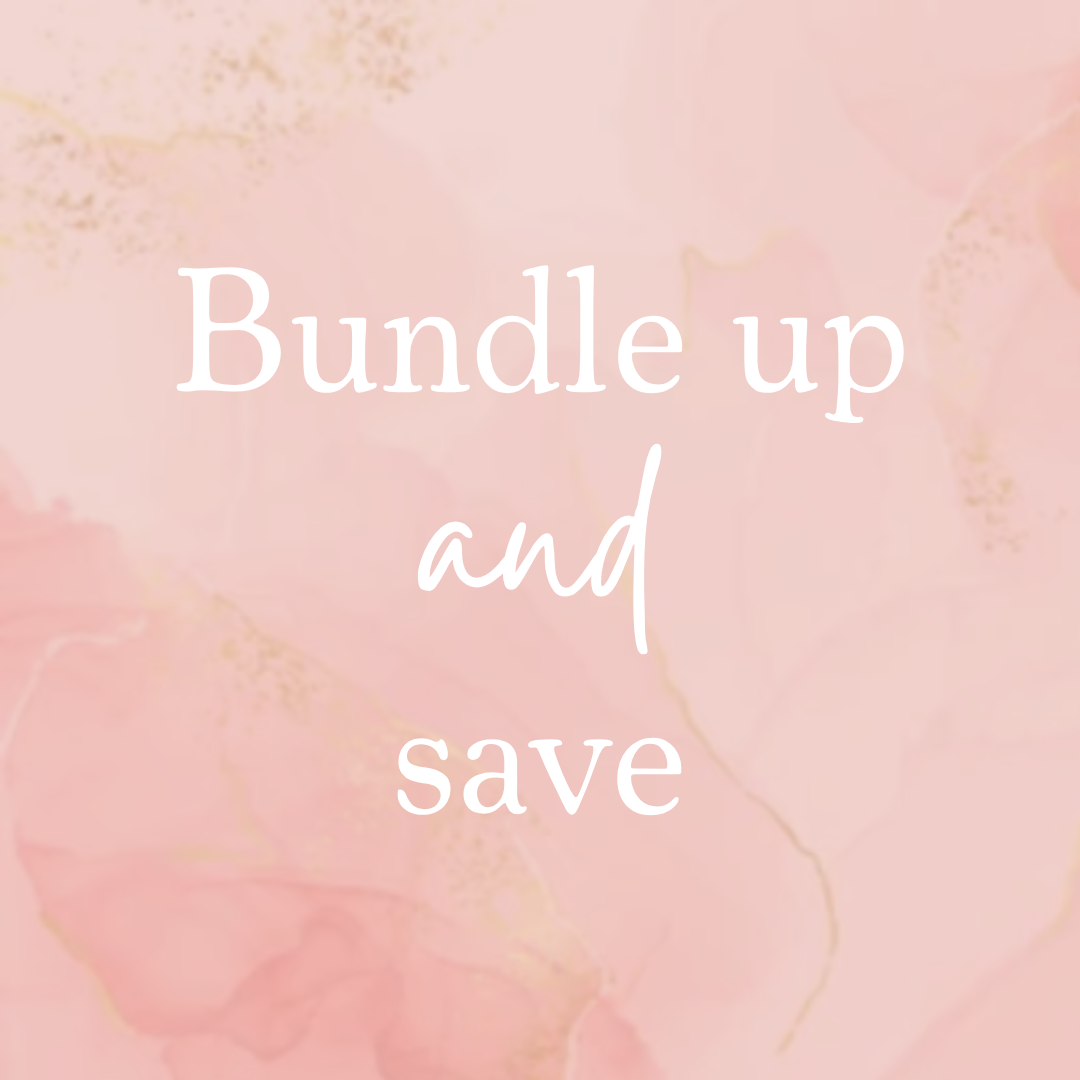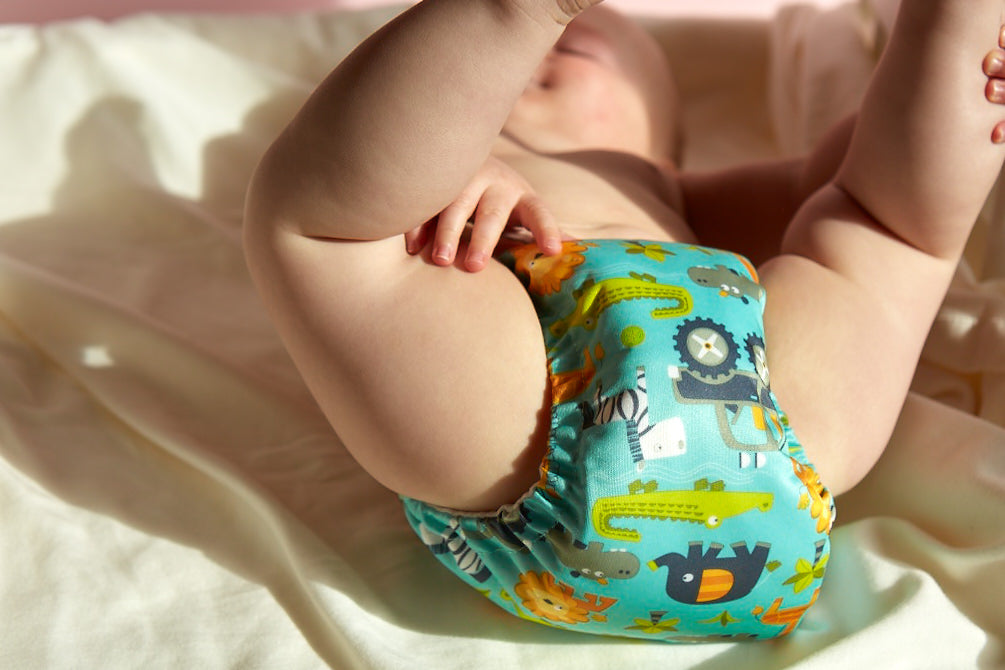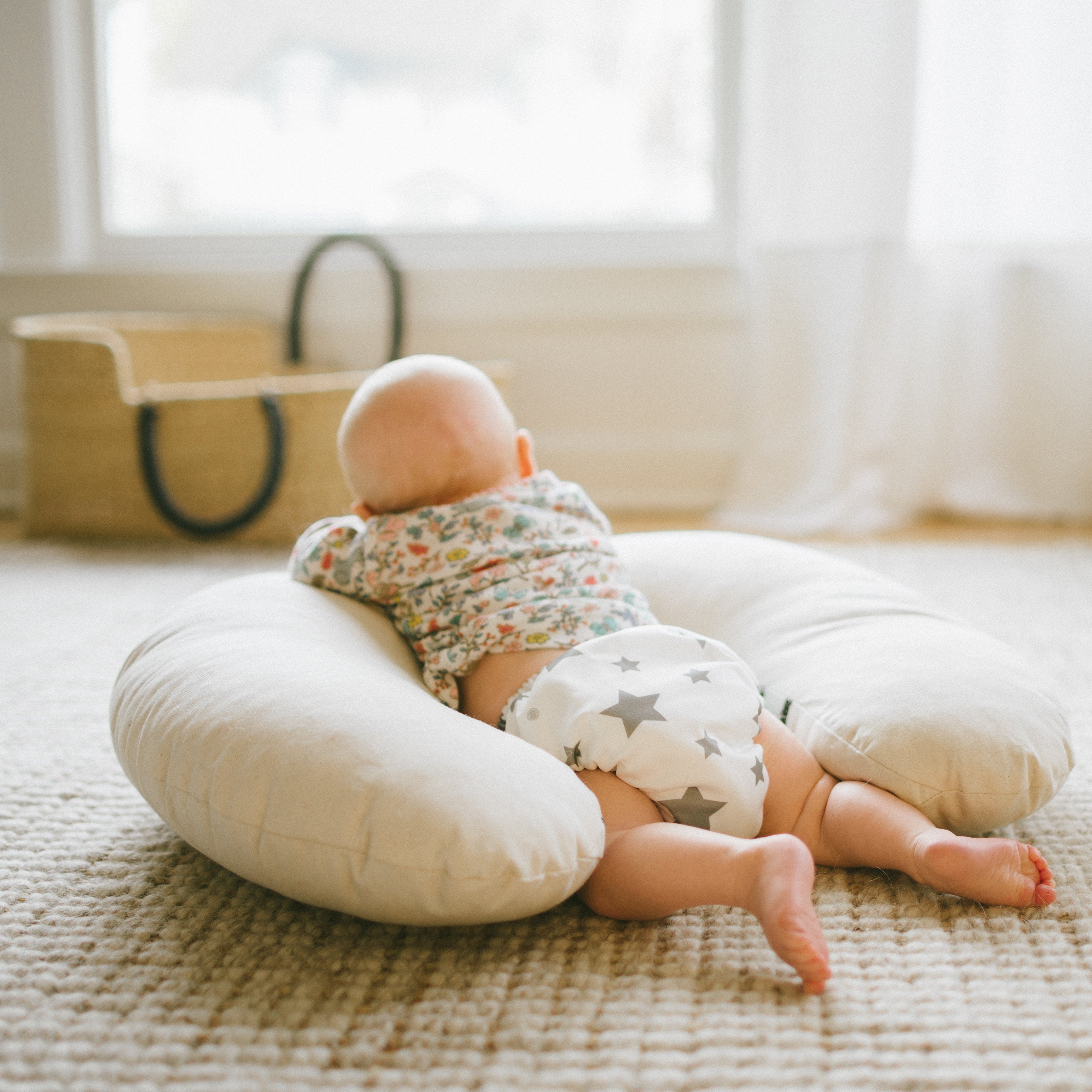One of the many benefits of using cloth nappies is that you shouldn’t be dealing with nappy rash very often. However, due to other factors such as sensitive skin, diet and teething, most parents will have to deal with this at some stage.
Here are a few tips on how best to keep nappy rash at bay (and hopefully avoid it completely!).

#1 Fresh air
We know it’s not always possible, especially when the little ones become more mobile, but giving your baby nappy-free time is the best and most natural way to prevent nappy rash. Let your little one have a kick around when you change their nappy or before giving them a bath.
#2 Reusable baby wipes
Babies’ skin is sensitive, some more than others. It’s very normal for the chemicals in disposable wet wipes to cause a reaction. Try using reusable alternatives. You can wet these cloths simply in water or even add suitable natural oils. You will be saving your baby’s bottom as well as your money. You can wash reusable cloth wipes together with your nappies.
#3 Change your baby’s nappy often
If you think your baby’s skin is prone to irritation, ensure you change the nappy often. Avoid leaving a pooey nappy on unnecessarily. Urine on its own isn’t usually a cause of concern. Irritation is likely to happen when poo comes into contact with stale urine. It is safe for your baby to stay in the same nappy all night as they do not usually poo in their sleep. However it is important to change them first thing in the morning before any poo has the chance to react with any of the bacteria in the stale urine.
#4 Detergent build-up
Detergent can build up in nappies over time. As detergents are alkaline, this can cause irritation with baby skin, which is slightly acidic. We suggest adding an extra cycle following your nappy wash to ensure that any residue is removed. Pre-set ‘baby & toddler’ settings normally already include one or a couple of extra rinses at the end of the cycle. Another tip is to add a tablespoon of vinegar to the wash to help restore the ph balance.
#5 No need for nappy cream with every change
If not required, avoid using barrier cream as this inhibits the skin’s ability to breathe. Save the nappy cream for when the baby’s bottom looks a little red. When using nappy cream we recommend using biodegradable disposable nappy liners in order to prevent the cream from negatively affecting the nappy absorbency. There are also some great natural remedies if you are not keen on nappy cream. These include coconut oil, chamomile tea and breast milk!
#6 Keep an eye on what you / the baby are eating
Dietary factors can come into play. If you notice that a nappy rash is developing immediately after the baby poos, even if you are changing the nappy immediately, try and keep an eye on what you (if you are breastfeeding) or the baby are eating. Common culprits of irritation are fresh orange juice, tomatoes and avocados.
![]()
Do you have any other tips for preventing / curing nappy rash? We’d love to hear them! :)




